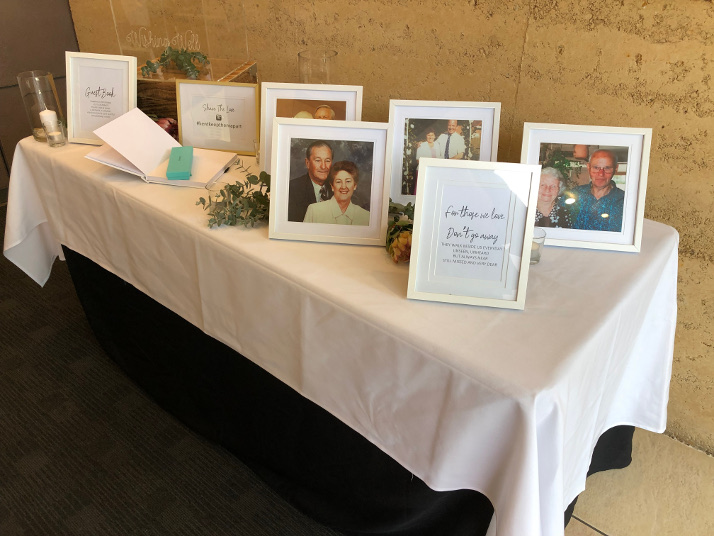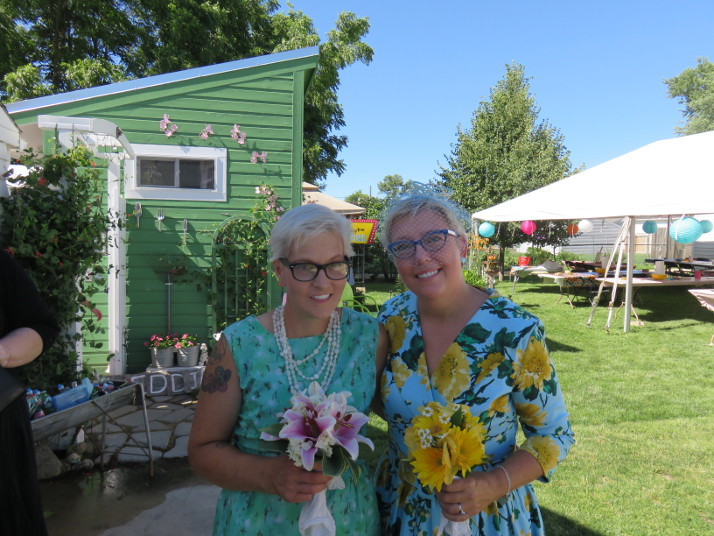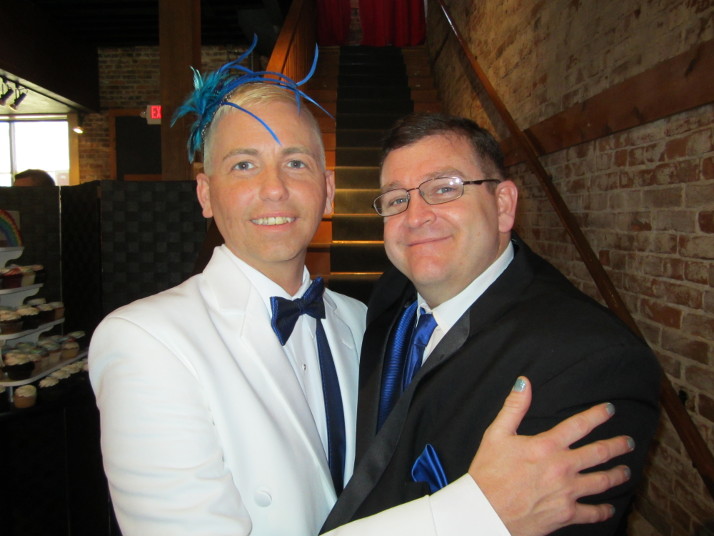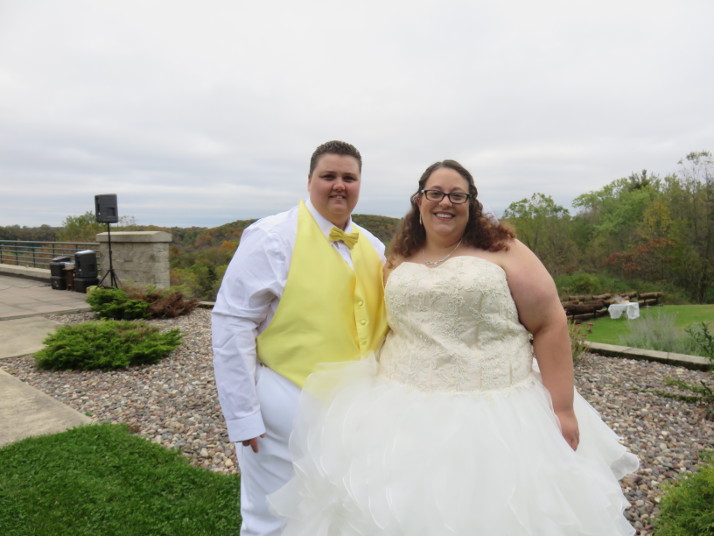Simplify Your Wedding Ceremony
Simplify your wedding ceremony to gain some practical and some personal benefits. Keeping your ceremony streamlined allows you and your guests to focus on the key elements that allow you to cross the threshold into marriage. And the practical benefits can be significant.
Consider these ways to simplify your wedding ceremony and the benefits to be realized:
- Limit the size of your wedding party. Fewer bridesmaids, groomsmen, flower girls, ring bearers, ushers and personal attendants can make it easier to coordinate everything from clothing choices to transportation to photographs. It also makes placing people for the ceremony easier.
- Limit the number of people in attendance. Keep your guest list to close family and friends. This opens up venue options and ceremony ritual options and makes coordination and communication easier.
- Within the ceremony itself, you can simplify the processional by having grandparents seated in reserved spots before the processional begins. Smaller wedding parties also allow the processional to move more quickly and keeps the focus on the main participants – you two.
- Keeping your ceremony shorter is another way to simplify it. Consider limiting yourself to one reading if you choose to have any. You can also choose to omit any unity ritual, unless one has significant meaning for you. Finally, if you aren’t interested in having a personal ceremony, you can opt not to include anything that shares your history or love story.
Simpler wedding ceremonies and simpler weddings in general are a bit easier to plan, will cost less, and will help you keep your focus on the important elements of the day. Last but not least, with the spectre of COVID still with us, you gain flexibility when you simplify your wedding ceremony. With fewer guests, a smaller wedding party and a simpler ceremony you’ll be positioned as best you can be should restrictions be reimposed on gatherings.




